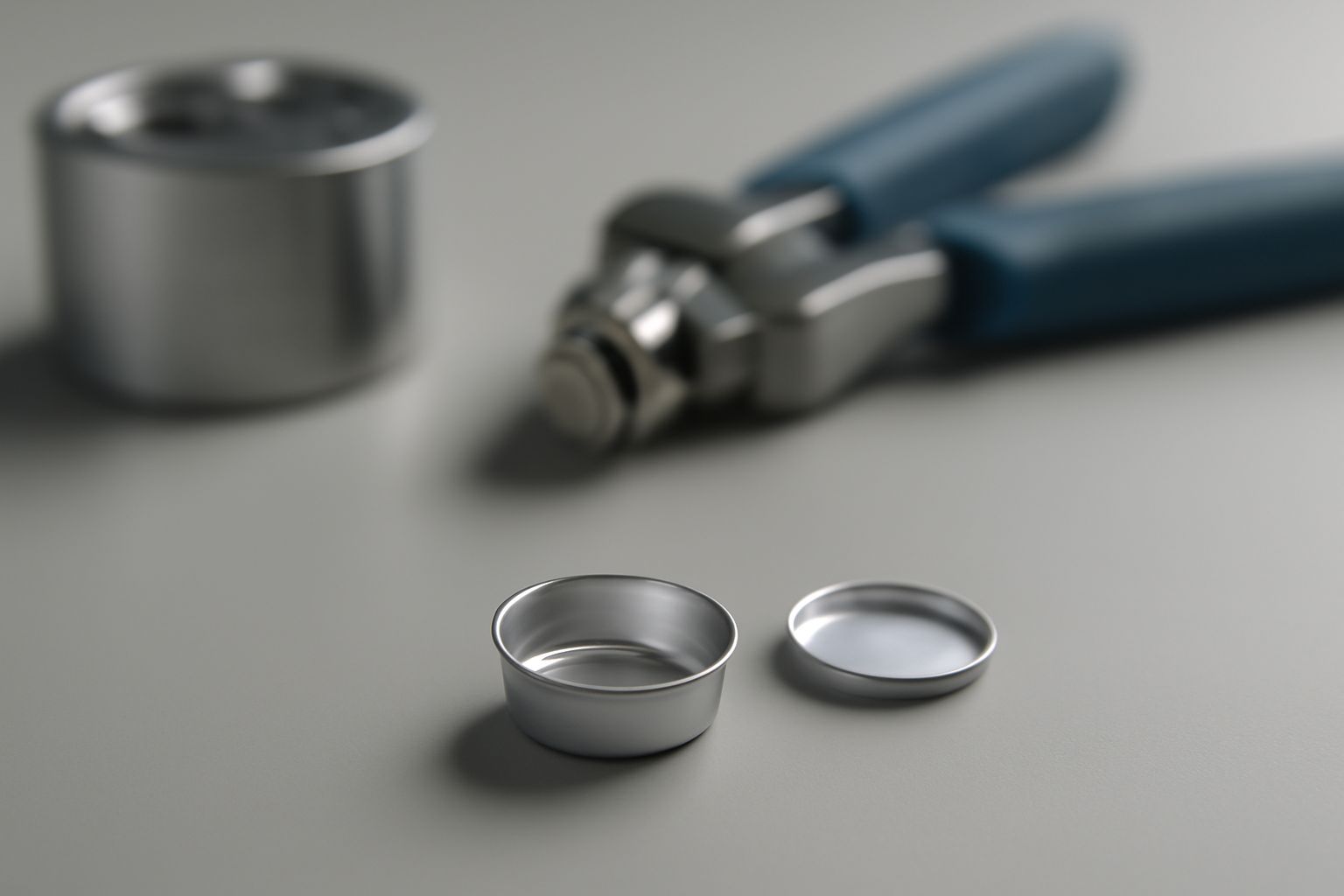Your cart is empty.
shop now
Your cart is empty.
shop now
Testing fails when crucibles do not meet performance standards. Reliable results require the right technical details for each thermal analysis run in your lab.
To use aluminum DSC crucibles correctly, you must know their max temperature, size options, material purity, and accuracy of the sealing. Each factor affects analysis precision and lab output.

I learned in my early lab years that missed specs meant days lost on retesting. Ever since I matched my tests to the right crucible features, I have seen cleaner data and fewer unexpected problems with sample handling.
Pans that melt or change at high heat will destroy your experiment. Each crucible must resist the highest routine test temperatures safely.
Standard aluminum DSC crucibles usually withstand up to 600°C. High-purity and specialized variants can reach slightly higher. Always use a pan rated above your test peak.
| Crucible Type | Max Temperature | Use Case | Reference |
|---|---|---|---|
| Standard Aluminum | Up to 600°C | Routine polymer/food tests | differential scanning calorimetry |
| High Purity Aluminum | Up to 650°C | Specialty and sensitive samples | aluminum |
I once saw results ruined because a routine run exceeded the rated temp, distorting the pan and corrupting the data. Now I always double check limits before every new sample batch.
The wrong size causes baseline drift and leaking samples. The size must fit both your instrument and sample mass closely.
Most aluminum DSC crucibles range from 20-50µL, with diameters near 6-7mm and heights about 2-3mm. Custom sizes are also available for special applications or non-standard equipment.
| Size | Volume (µL) | Diameter (mm) | Height (mm) | Reference |
|---|---|---|---|---|
| Standard Small | 20-30 | ~6.0 | ~2.0 | laboratory equipment |
| Standard Medium | 40-50 | ~6.8 | ~2.7 | sample size |
| Custom | Variable | Varies on demand | Varies | customization |
Our polymer group often needs custom pans for complex projects. Finding a supplier who can produce exact sizes brings flexibility and saves troubleshooting on every test run.
Aluminum that contains impurities will change your sample or signal. Only high-purity crucibles deliver trustable analysis data.
Aluminum DSC crucibles should use 99.99% pure metal to avoid sample interaction, reduce background noise, and ensure clear, repeatable results on each run.
| Purity Level | Effect on Test | Risk with Low Purity | Reference |
|---|---|---|---|
| 99.99%+ | No contamination, stable background | Minimal signal drift | purity |
| <99.99% | Possible side reactions, noise | Unreliable phase transitions | impurity |
After switching to certified 99.99% pans, my lab’s false positives disappeared in polymer melting studies. Now purity check is a must before placing any new order.
Poorly sealed pans cause volatile loss or sample contamination. A good seal is needed for accurate mass or compositional analysis of sensitive samples.
Proper seal can be assured by selecting matching lids, using calibrated crimping or pressing tools, and following supplier guidelines for assembly and closure during preparation.
| Seal Method | When To Use | Prevented Issue | Reference |
|---|---|---|---|
| Crimped Lid | Volatile/organic samples | Sample evaporation | crimp |
| Press-Fit Lid | General testing | Dust entry, basic moisture | seal |
| Epoxy or Sealant | Ultra-sensitive samples | Air, moisture, contamination | polymer |
One critical water-content test failed until I moved to a calibrated crimp sealer. Since training my team on best closure practices, pan leaks and lost samples are almost gone.